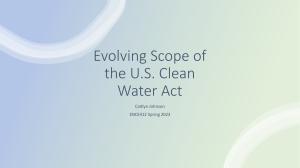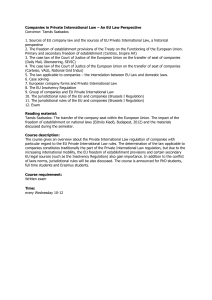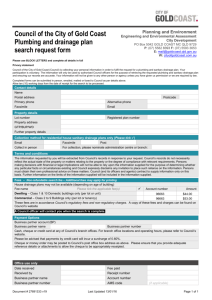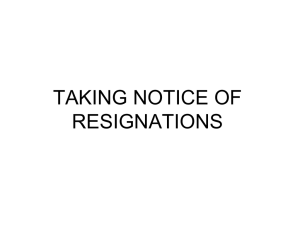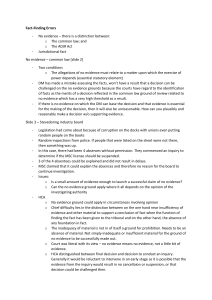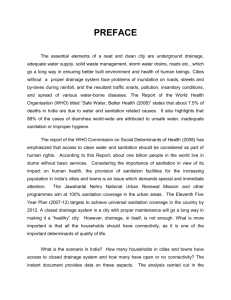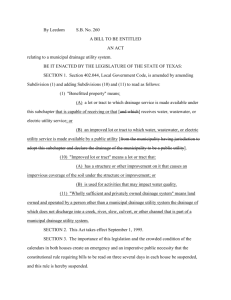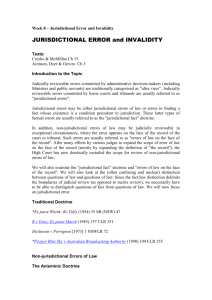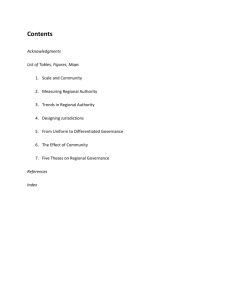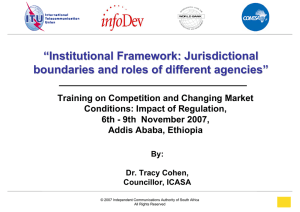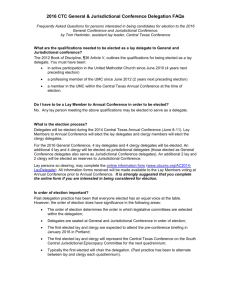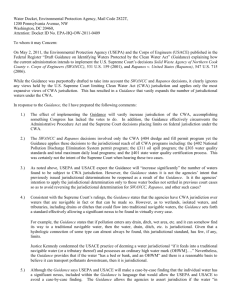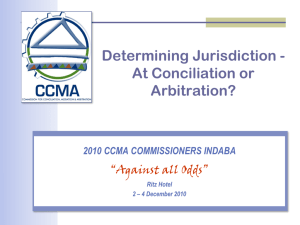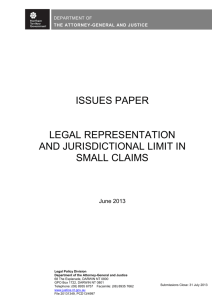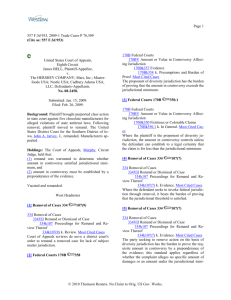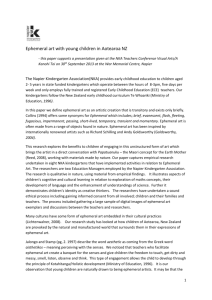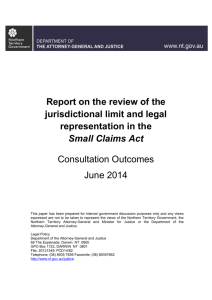click here - Wheat Growers
advertisement
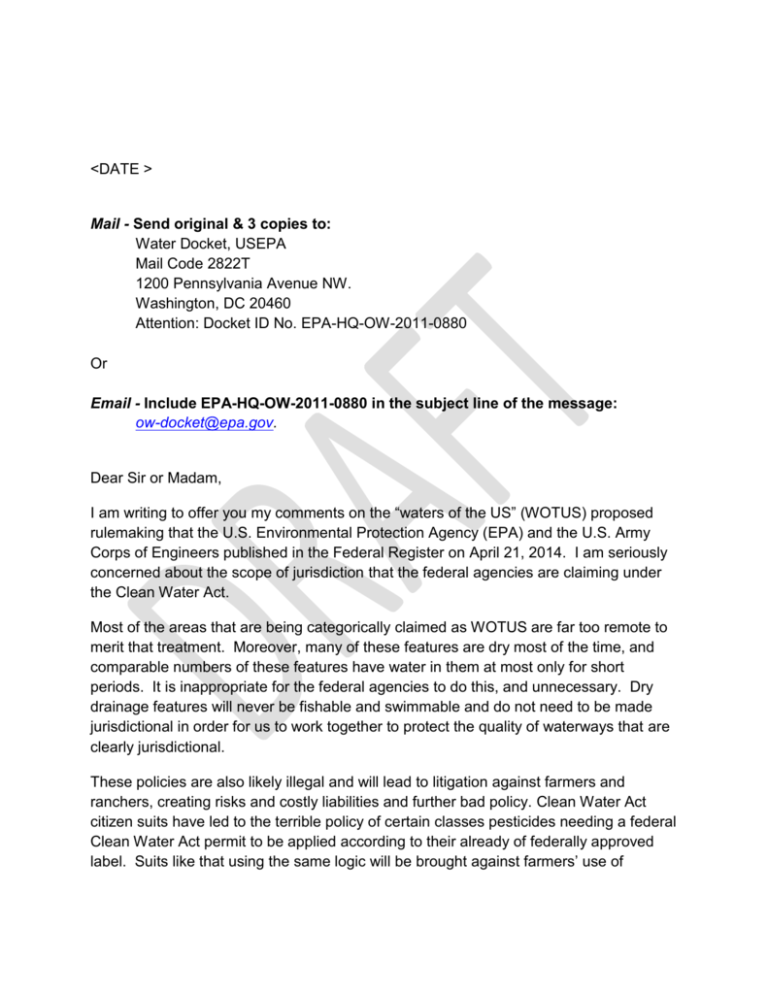
<DATE > Mail - Send original & 3 copies to: Water Docket, USEPA Mail Code 2822T 1200 Pennsylvania Avenue NW. Washington, DC 20460 Attention: Docket ID No. EPA-HQ-OW-2011-0880 Or Email - Include EPA-HQ-OW-2011-0880 in the subject line of the message: ow-docket@epa.gov. Dear Sir or Madam, I am writing to offer you my comments on the “waters of the US” (WOTUS) proposed rulemaking that the U.S. Environmental Protection Agency (EPA) and the U.S. Army Corps of Engineers published in the Federal Register on April 21, 2014. I am seriously concerned about the scope of jurisdiction that the federal agencies are claiming under the Clean Water Act. Most of the areas that are being categorically claimed as WOTUS are far too remote to merit that treatment. Moreover, many of these features are dry most of the time, and comparable numbers of these features have water in them at most only for short periods. It is inappropriate for the federal agencies to do this, and unnecessary. Dry drainage features will never be fishable and swimmable and do not need to be made jurisdictional in order for us to work together to protect the quality of waterways that are clearly jurisdictional. These policies are also likely illegal and will lead to litigation against farmers and ranchers, creating risks and costly liabilities and further bad policy. Clean Water Act citizen suits have led to the terrible policy of certain classes pesticides needing a federal Clean Water Act permit to be applied according to their already of federally approved label. Suits like that using the same logic will be brought against farmers’ use of pesticides and fertilizers when they are used on farms with dry drainage features that are now jurisdictional. You must not create policies that set the stage for this to happen. The agencies have said that the purpose of this proposed rule is to bring clarity to the public about what is jurisdictional. I can tell you that for myself and the farmers and ranchers I know, this rule has only made them more confused. That is because the broad and poorly defined categories of features that are WOTUS will easily bring into question large numbers of features on or near farms everywhere. None of us will know for sure whether or not these features are formally jurisdictional without a determination by a federal official, a process that will be inherently subjective. This confusion and concern will only persist once the rule is finalized and we are left wondering just how much of our farms or ranches are directly subject to the Clean Water Act. <<<Describe your farm or ranch and your attitudes towards protecting water quality as you operate your business. If you think you may have dry drainage features that might be jurisdictional, describe them and why you are worried. Take photos of them and include them with your comments. Things like streams that only have water in them when it rains, or former streams that you have improved for drainage, or ditches at the edge of your property that might drain an ephemeral or intermittent stream that runs through your property, or a wet area in a field that is next to an ephemeral stream. If you are worried about that feature being subject to federal control under this rule, describe it, photograph it, and include that in your comments here.>>> I urge you not to finalize this rule and instead develop new proposals for the public to consider. If high value yet remote waters need federal protections, there must be ways for the agencies to develop policies that do so without sweeping into federal control essentially every location in the country that has drainage features and wet areas or wetland associated with it. I urge you to work with agriculture and other interests in finding these alternative policies and to propose a rule that reflects them. Sincerely,
